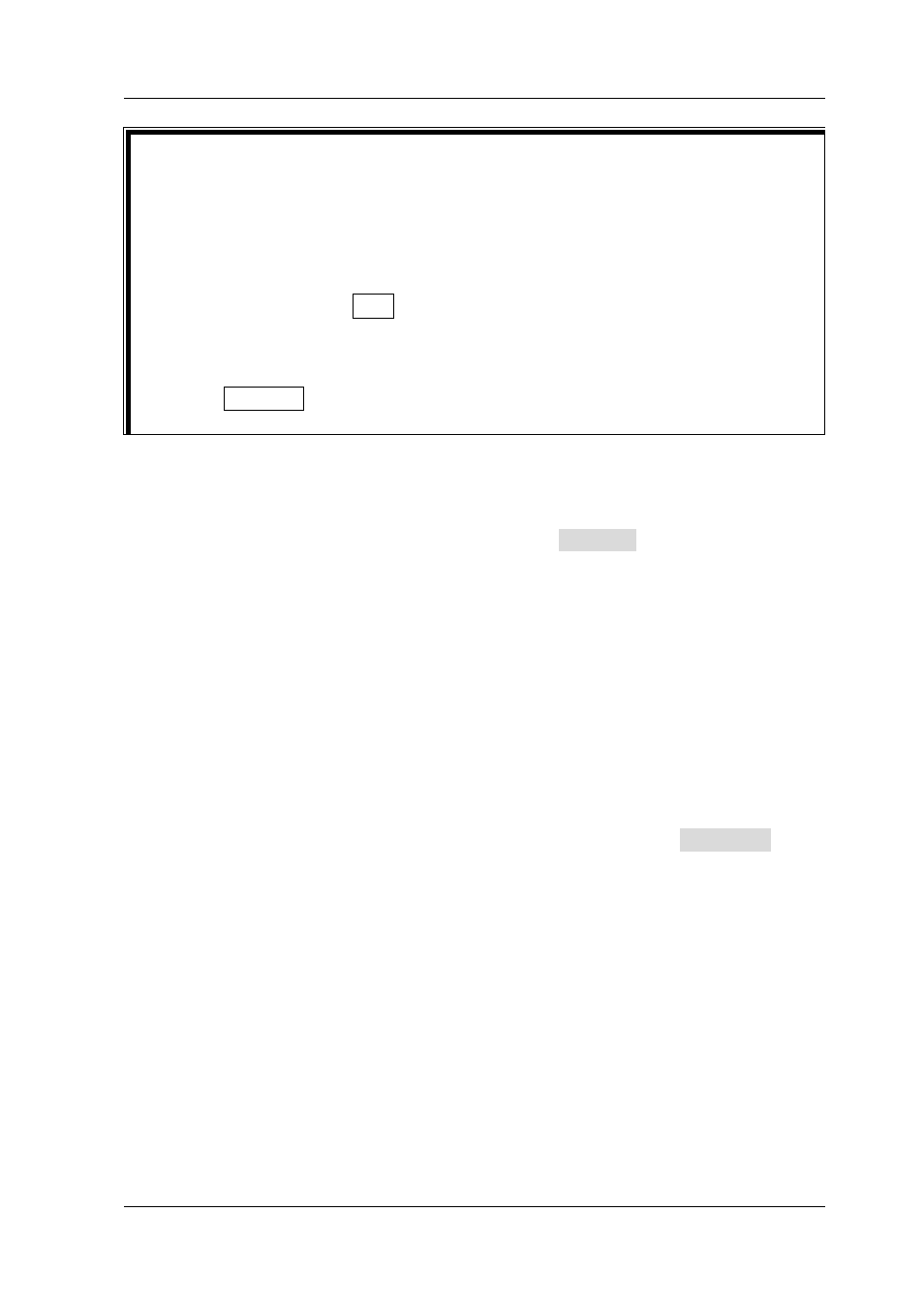To set modulating waveform frequency, To set modulation depth – RIGOL DG1000Z Series User Manual
Page 87

Chapter 2 Front Panel Operations
RIGOL
DG1000Z User’s Guide
2-37
KEY POINTS:
How to realize the intermodulation between dual channels?
The following example takes the output signal of CH2 as the modulating
waveform.
1. Connect the CH2 output terminal to [CH1/Sync/Ext Mod/Trig/FSK]
connector at the rear panel using the dual BNC connect cable.
2. Select CH1 and press Mod to select the desired modulation type as well as set
the corresponding parameters before selecting external modulation source.
3. Select CH2 and select the desired modulating waveform and set the
corresponding parameters.
4. Press Output1 to enable the output of CH1.
To Set Modulating Waveform Frequency
When internal modulation source is selected, press AM Freq to set the modulating
waveform frequency.
Input the desired frequency value using the numeric keyboard or direction keys
and knob。
The modulating waveform frequency ranges from 2mHz to 1MHz, and the
default value is 100Hz.
Note:
when external modulation source is selected, this menu will be grayed out and
disabled.
To Set Modulation Depth
Modulation depth expressed as a percentage indicates the amplitude variation
degree. The AM modulation depth ranges from 0% to 120%. Press AM Depth to set
AM modulation depth.
In 0% modulation, the output amplitude is half of the carrier waveform
amplitude.
In 100% modulation, the output amplitude is equal to carrier waveform
amplitude.
In >100% modulation, the output amplitude of the instrument would not
exceed 10Vpp (50Ω load).
When external modulation source is selected, the output amplitude of the instrument
is controlled by the ±5V signal level of the [CH1/Sync/Ext Mod/Trig/FSK]
connector at the rear panel. For example, if the modulation depth is set to 100%, the
output amplitude will be the maximum when the modulating signal is +5V and the
minimum when the modulating signal is -5V.
